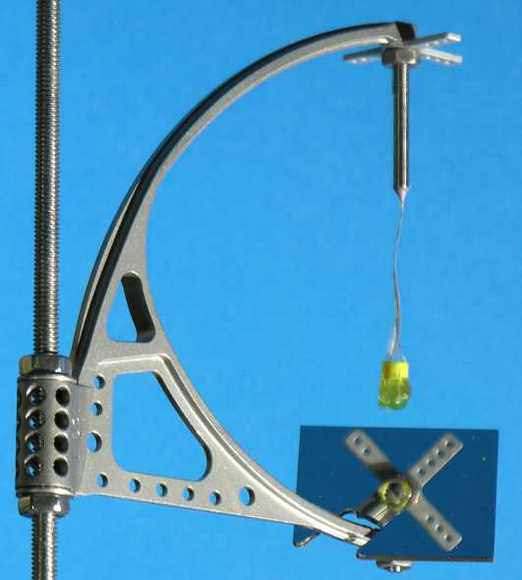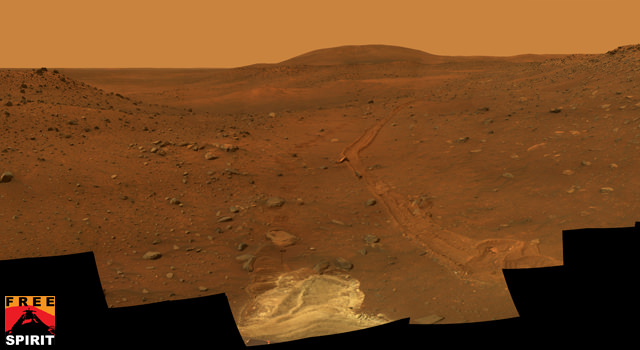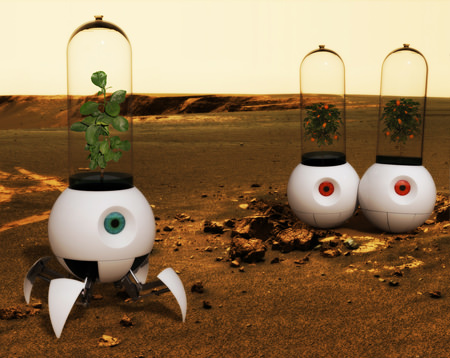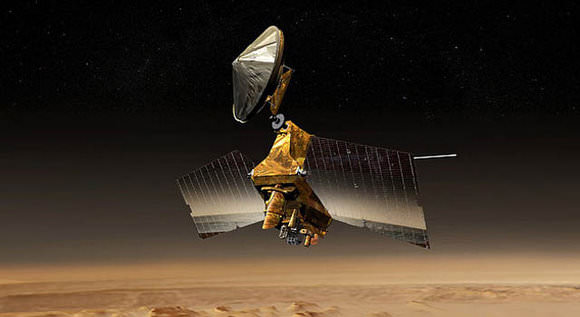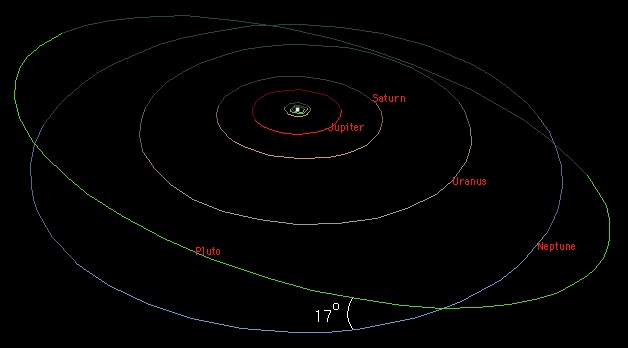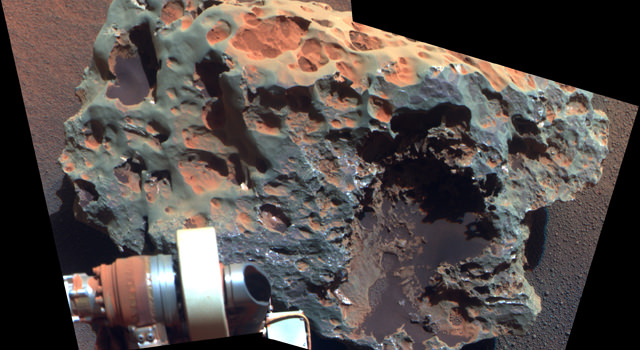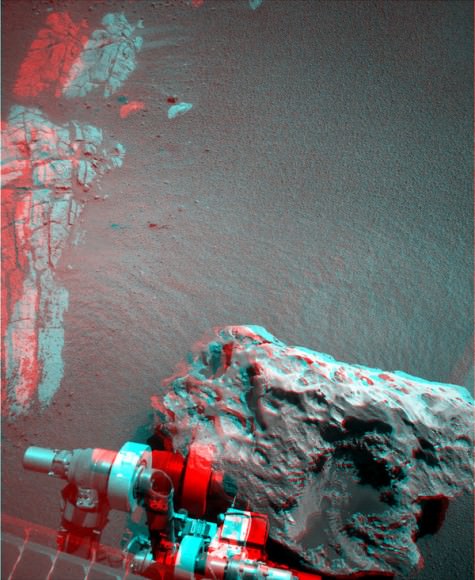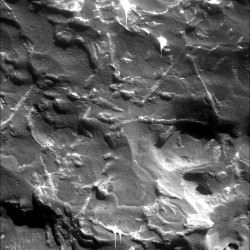[/caption]
On board the plucky little Phoenix Mars lander was an even pluckier and littler device called the Telltale. It measured, for the first time, wind speeds and directions at the Mars polar region. Scientists have now been able to summarize the results from the Telltale, and presented their findings at the European Planetary Science Conference in Potsdam, Germany. They shared some unexpected new findings about the weather on Mars.
“Telltale has given us a wealth of information about the local Martian wind velocities and directions. At the Phoenix landing site, we were able to see meteorological changes caused by interactions between the dynamic north pole, where there are ever changing evaporation processes, and the Martian atmosphere,” said Dr. Haraldur Gunnlaugsson.
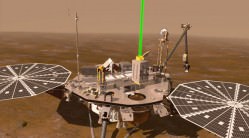
As you recall, Phoenix landed in the North polar region of Mars on May 25, 2008 and operated successfully for about 5 Earth months, or 151 Martian sols. The Telltale device consisted of a lightweight tube suspended on top of a meteorological mast, roughly two meters above the local surface. The device had to be sensitive enough to detect very light breezes, but also be able to withstand the violent vibrations during the mission launch. After landing on Mars, Phoenix’s onboard camera continuously imaged the deflection of the tube in the wind, taking more than 7,500 images during the mission.
The astronomers/meteorologists found the wind speeds and directions varied as the seasons changed. Easterly winds of approximately 15-20 kilometers per hour prevailed during the Martian mid-summer, but when autumn approached, the winds increased and switched to come predominantly from the West. While these winds appeared to be dominated by turbulence, the highest wind speeds recorded of up to nearly 60 kilometers per hour coincided with the passing of weather systems, when also the number of dust devils increased by an order of magnitude.
Mars is typically a rather windy place and learning more about the planet’s climatic conditions will contribute to the understanding of the Martian water cycle and the identification of areas on the red planet that could sustain life. Local wind measurements by the Telltale instrument, amended with daily images of the whole northern hemisphere by the Mars Reconnaissance Orbiter spacecraft, have allowed astronomers to gain much deeper information on weather systems on Mars.
“We’ve seen some unexpected night-time temperature fluctuations and are starting to understand the possible ways dust is put into suspension in the Martian atmosphere. For example, we could see that some of the dust storms on Mars do not require the existence of high winds,” said Dr Gunnlaugsson.
Source: Europlanet

